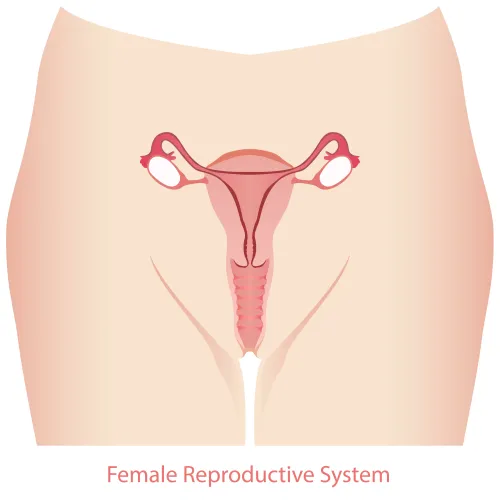Oncology & Hematology Coding Alert
Infusion Coding:
Use This 3-Step Guide to Perfect Your Infusion Coding
Published on Thu May 26, 2022

You’ve reached your limit of free articles. Already a subscriber? Log in.
Not a subscriber? Subscribe today to continue reading this article. Plus, you’ll get:
- Simple explanations of current healthcare regulations and payer programs
- Real-world reporting scenarios solved by our expert coders
- Industry news, such as MAC and RAC activities, the OIG Work Plan, and CERT reports
- Instant access to every article ever published in Revenue Cycle Insider
- 6 annual AAPC-approved CEUs
- The latest updates for CPT®, ICD-10-CM, HCPCS Level II, NCCI edits, modifiers, compliance, technology, practice management, and more
Related Articles
Other Articles in this issue of
Oncology & Hematology Coding Alert
- Infusion Coding:
Use This 3-Step Guide to Perfect Your Infusion Coding
Everything you need should be right in the MAR. If you were looking for a [...] - Test Yourself:
Code This Chemo Scenario
The patient undergoes the following: First, Code the Complex Services As chemotherapy is the primary [...] - Practice Management:
Take the Team Approach, Avoid These Common Denials
Make your EHR work for you at every stage of the revenue cycle. Who hasn’t [...] - E/M Coding:
Stay on the Level With the Answers to These 2021 E/M Risk Element Questions
Clinician judgement and thought process are key to assigning and supporting higher levels of patient [...] - You Be the Coder:
Mind These Medicare ESA Modifiers
Question: A patient came to our outpatient clinic with an order to receive Retacrit due [...] - Reader Questions:
Raise Your MDM Risk Level High on These Toxic Agents
Question: According to the Risk of Complications element of the CPT® medical decision making (MDM) table, [...] - Reader Questions:
Get Personal With This History Code Use
Question: A patient had a lumpectomy. When would it be appropriate for me to use a [...] - Reader Questions:
Know How to Report This Negative Biopsy
Question: What is the appropriate diagnosis to use when a provider performs a biopsy of the [...]
View All




